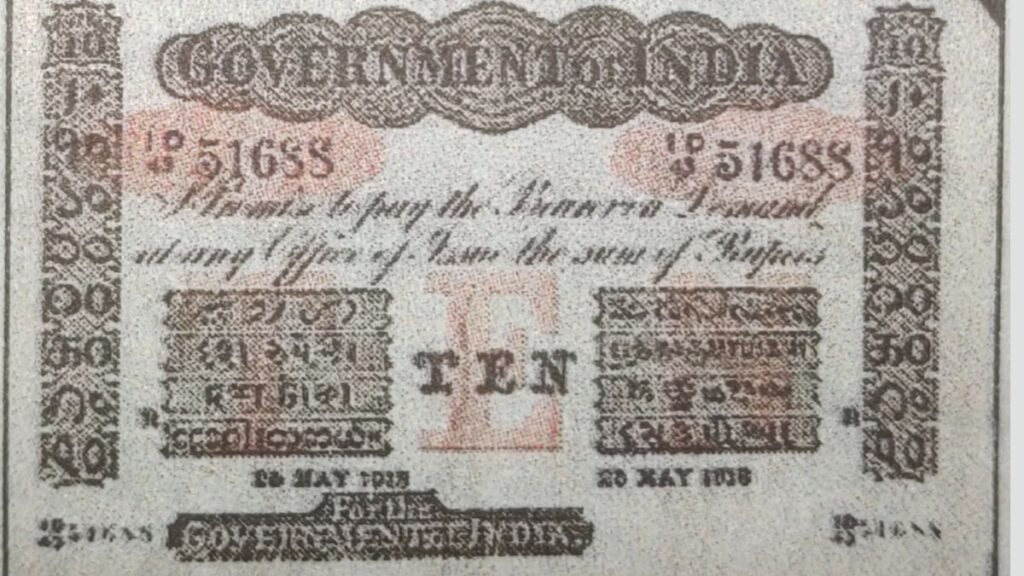
On July 2, 1918, towards the waning days of World War I, a significant maritime event took place when the British ship SS Shirala met its tragic end in the English Channel. This vessel, operated by the British India Steam Navigation Company, was sunk by the notorious German submarine UB-57. The submarine was under the command of Oberleutnant Johannes Lohs, a distinguished naval officer who had earned a formidable reputation during the war. Lohs and his UB-57 were responsible for the destruction of dozens of enemy ships, cumulatively displacing over 150,000 tons. Tragically, Lohs met his end at the young age of 29, but his legacy, particularly the sinking of the SS Shirala, continues to be remembered.
Search
Recent Posts:
- OpenAI Brings ChatGPT to be used in WhatsApp: Here’s How It Works and What You Can Do To Use It.
- Realme 14x 5G: A Budget Smartphone With Premium Features.
- Exploring Apple Genmoji: A New Era of Custom Emoji Creation.
- 2024 United States Presidential Election: Donald Trump Declares Victory in 2024 Presidential Election
- Chancellor Olaf Scholz’s Visit to India: Advancing Indo-German Cooperation on Defense, Trade, and Regional Stability.
SS Shirala’s Noteworthy Cargo Set to Fetch High Bids at Auction
The Shirala’s sinking accounted for only about 4% of Lohs’ total kills. However, this incident is particularly notable due to the ship’s cargo, which continues to captivate historians and collectors more than a century later. On the afternoon of May 30, 2024, two Rs 10 notes and a Re 1 note salvaged from the wreck of the Shirala are set to be auctioned at Noonans Mayfair, a prestigious British auction house. These Rs 10 notes are anticipated to fetch up to £2,600 (approximately Rs 2.7 lakh) each, highlighting their significant historical and monetary value.
The SS Shirala, although not a particularly large vessel, measuring 425 feet in length and 50 feet in width, had a rich history. Launched on August 31, 1901, the ship had circumnavigated the globe multiple times, serving the British India Steam Navigation Company. It carried a wide variety of goods ranging from biscuits to railway sleepers, reflecting its versatility and importance in global trade. However, its final journey, which commenced on July 1, 1918, was laden with precious and significant cargo destined for Bombay.
From Rumored Diamonds to Historic Currency Notes
Speculation about the Shirala’s cargo has included rumors of diamonds and elephant tusks, though its manifest certainly listed jars of Dundee marmalade, spare parts for vehicles and weapons, and most intriguingly, new currency notes. Among these notes were unsigned Rs 5 and Rs 10 notes, as well as signed Re 1 notes, which had been introduced recently on November 30, 1917. This introduction of the Re 1 note was a significant event in the history of Indian currency, as it represented the smallest denomination for paper money at the time, replacing the Rs 5 note as the lowest denomination.
An article from the International Bank Note Society Journal notes that the Re 1 notes were pre-signed in Britain before being shipped to India. This detail is significant because it meant that when the Shirala sank, it became the first recorded instance of pre-signed notes being lost at sea en route to India from England. Larger denomination notes, such as the Rs 5 and Rs 10, were sent unsigned and would have only become legal tender after receiving the necessary signatures from officials at the Indian Currency Office.
The Salvaged Treasures and Enduring Tale of SS Shirala
As the Shirala sank in relatively shallow waters near the English coast, portions of its cargo began to wash ashore. Among these were currency notes of all three denominations. A report from The Pioneer Mail of Allahabad, dated February 6, 1920, documented that some of these notes had been salvaged and had subsequently appeared at the Currency Office in Rangoon, brought in by local banks. In some instances, these notes were presented with forged signatures, an issue noted in the report, which mentioned that eight of these forged Rs 5 notes were in the custody of authorities at the time.
Many of the Shirala’s rupee notes remained with those who initially found them, leading to their availability in modern auctions over a century later. This enduring presence of the notes in the hands of private collectors has ensured that the story of the Shirala remains alive. Meanwhile, the shipwreck itself has evolved into an attraction for divers. Historic England, the organization responsible for preserving British heritage sites, indicates that the Shirala’s holds still contain an assortment of items including cases of wine, crates of Dundee marmalade, vehicle spares, binoculars, telescopes, and some ivory. However, the rupee notes, having spent a century underwater, are unlikely to be found intact today.
The saga of the SS Shirala, from its extensive service history to its final, fateful voyage, and the subsequent interest in its lost cargo, underscores the intricate tapestry of maritime history interwoven with the broader narrative of World War I. The upcoming auction of the salvaged currency notes not only commemorates the ship’s legacy but also offers a tangible connection to the past, allowing collectors and historians alike to partake in a piece of history that continues to resonate over a century after the ship’s sinking.
To read more topics, please visit: https://insightfulbharat.com






